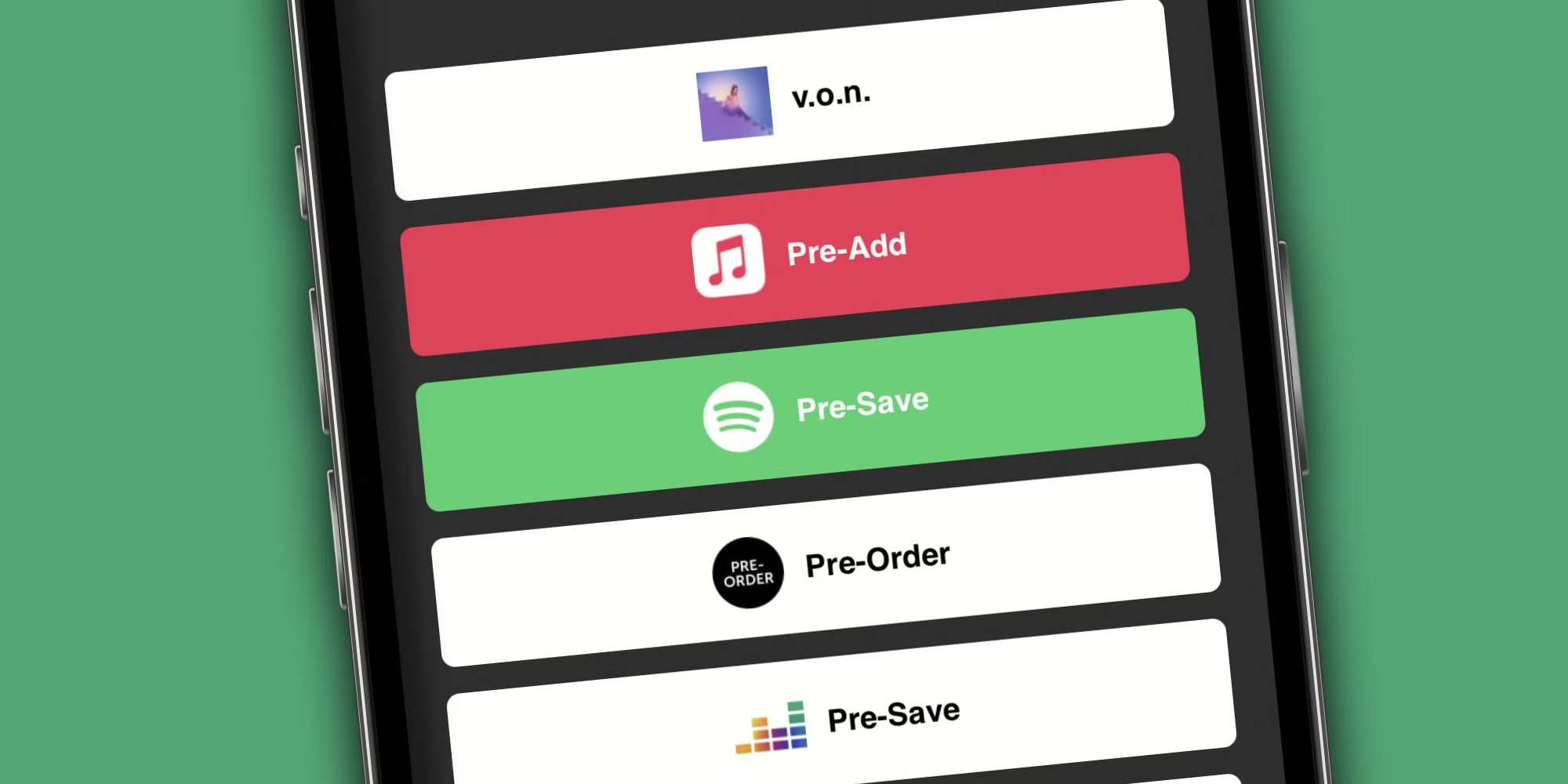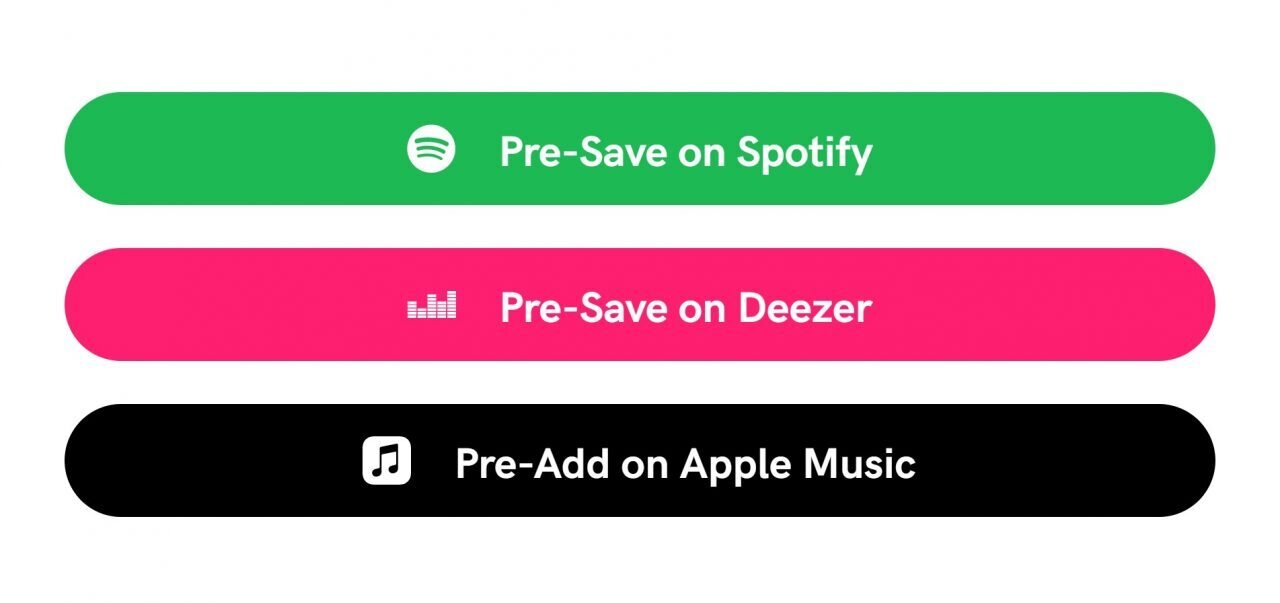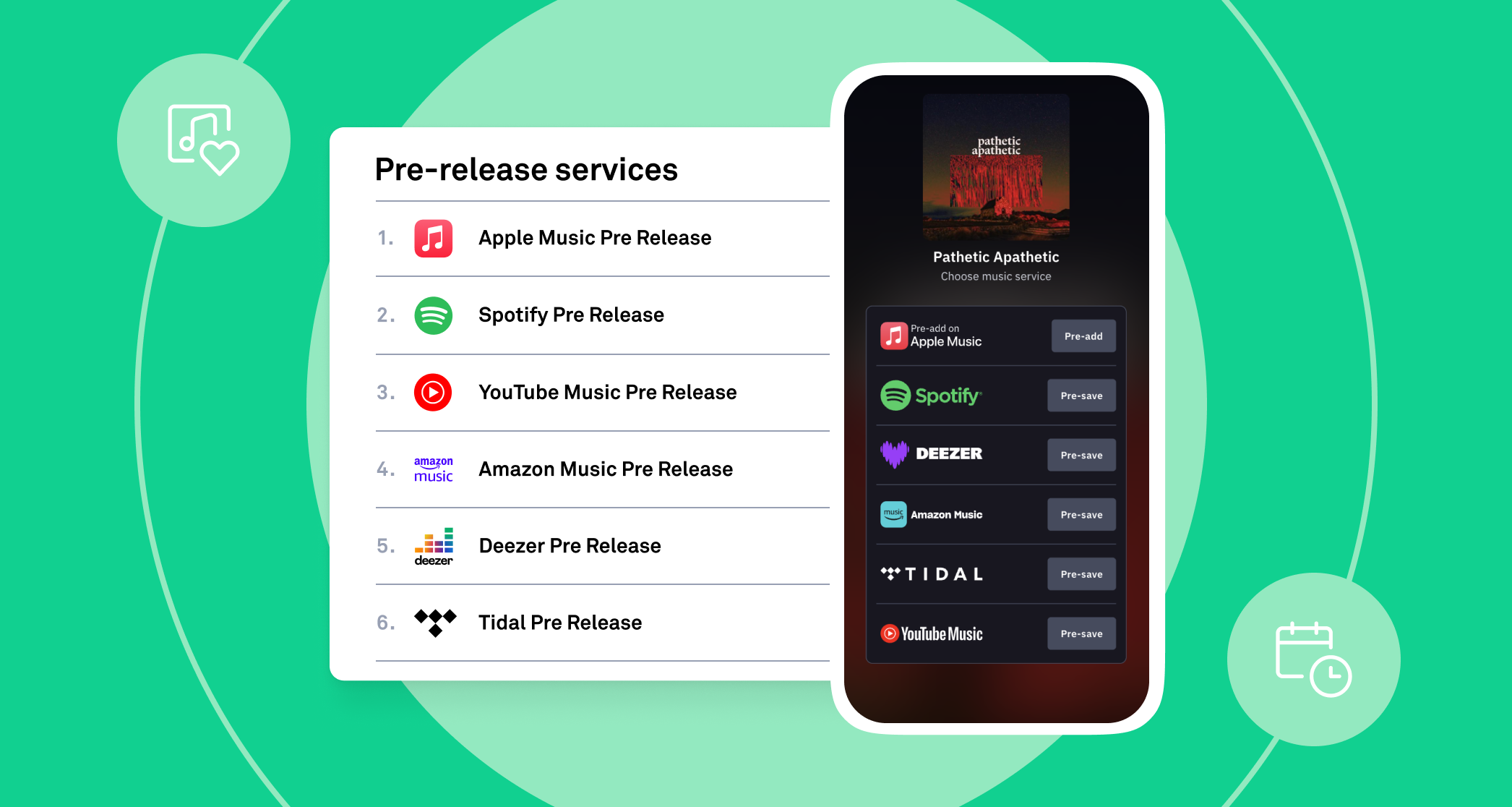In today’s digital music terrain, pre-saves and pre-orders play a crucial role in determining an artist’s chart success. With streaming services and digital downloads shaping the industry, early engagement strategies have become a powerful tool for musicians looking to make an impact on release day. But how exactly do these mechanisms influence charts?
By generating buzz before an official release, pre-saves on streaming platforms like Spotify and Apple Music ensure that songs are instantly added to users’ libraries, boosting first-day streams. Similarly, pre-orders on platforms like iTunes and Amazon contribute to early sales figures, potentially positioning an album or single for high chart debuts. Understanding these strategies can help artists maximize their reach and improve their chart performance. Let’s explore four key ways pre-saves and pre-orders influence music charts.
1. Boosting First-Day Streaming and Sales
Pre-saves and pre-orders create an immediate surge in numbers upon release. Since pre-saved tracks automatically appear in users’ libraries, they are more likely to be streamed on the first day. This influx of plays signals strong demand for platforms’ algorithms, often leading to playlist placements and discovery boosts.
Similarly, pre-orders contribute to first-day sales, which are essential for chart positioning, especially on Billboard and iTunes charts. Since pre-order purchases are counted on the release date, they can significantly impact debut rankings. For independent and emerging artists, this strategy can be the difference between gaining recognition or being lost in the vast digital music space.
2. Strengthening Algorithmic Recommendations
Music streaming platforms rely heavily on algorithms to determine what content is recommended to users. Pre-saves act as a strong engagement signal, indicating that a song has significant interest before it’s even available.
Spotify’s Release Radar and Apple Music’s personalized playlists prioritize songs that show high levels of pre-release interest. This means that an artist with a large number of pre-saves is more likely to be featured in these influential playlists, leading to exponential growth in streams. The more a song is streamed in its initial hours, the higher the likelihood it will be pushed to a wider audience through algorithmic recommendations.

3. Enhancing Chart Performance with Bulk Reporting
One of the most significant advantages of pre-orders is how they are counted toward sales figures. Unlike regular purchases that are reported in real-time, pre-order sales accumulate over time but are counted all at once on release day. This bulk reporting method gives songs and albums a substantial initial boost, often propelling them to higher chart positions.
For example, Billboard charts and iTunes rankings consider all pre-orders as first-day sales, increasing an album’s chances of securing a top spot. This strategy has been widely used by major artists to achieve instant chart success and generate media buzz, reinforcing the importance of pre-orders in modern music marketing.

4. Building Fan Engagement and Hype
Beyond numbers, pre-saves and pre-orders serve as psychological tools to keep fans engaged and excited. Artists and record labels use countdown campaigns, exclusive content, and incentives such as early access or limited-edition merchandise to encourage pre-orders.
This not only increases pre-release numbers but also fosters a sense of exclusivity and urgency among fans. A well-executed pre-save or pre-order campaign keeps an artist’s name trending, increases social media shares, and enhances the general marketing push leading up to release day. This buzz translates into higher engagement, ensuring a strong start on streaming platforms and sales charts.


